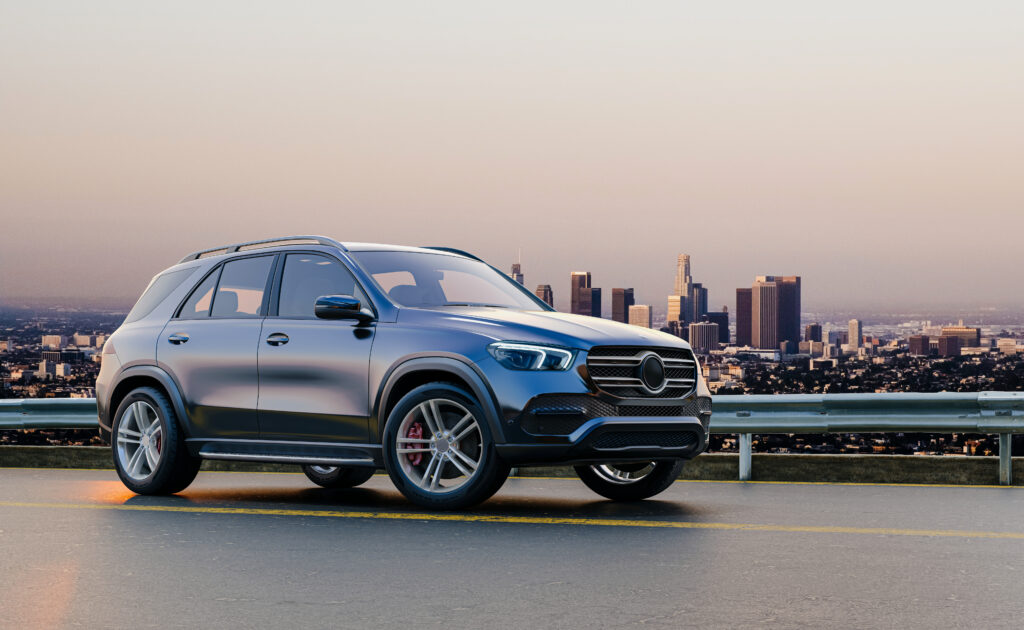Sport utility vehicles, or SUVs, have gained popularity over time, and for good reason. They appeal to a wide range of drivers because they provide a flexible combination of room, comfort, and capability. However, selecting the ideal SUV for your needs can be a difficult task given the wide range of options available. In this in-depth buyer’s guide, we will walk you through the important factors to take into account when choosing an SUV that suits your lifestyle, preferences, and financial situation.
Recognizing the SUV Market
Understanding the various SUV category segments is crucial before getting into the specifics of selecting an SUV. SUVs can be broadly classified into the following categories:
1. Small SUVs
Also referred to as crossovers or subcompact SUVs.
Typically smaller and more fuel-efficient.
Suitable for driving in cities and with small families
2. Medium-sized SUVs
A well-liked option among families.
Offers a balance of space, comfort, and fuel efficiency.
Accommodates five to seven passengers
3. Full-Size SUVs:
Larger and more spacious.
Ideal for larger families or those needing more cargo space.
Often equipped with powerful engines for towing
4. Luxury SUVs:
luxury cars with top-notch features.
combines performance and luxury.
expensive but provides comfort and cutting-edge technology.
Now that you have a basic understanding of the various SUV categories, let us examine how to pick the best SUV for your needs:
Step 1: Identify Your Needs
Determining your specific requirements is the first and most important step in selecting an SUV. Think about the following inquiries:
How many passengers must you frequently carry?
What kind of traffic do you usually encounter? (city, suburbs, off-road)
Do you need the ability to tow?
Is fuel economy a top priority?
How much can you spend?
You can focus on SUVs that suit your needs and lifestyle by reducing your options and providing answers to these questions.

Step 2: Take Fuel Economy into Account
Considering fuel efficiency is important, especially if you have a long commute or intend to drive your SUV a lot on the highway. Compared to their full-size counterparts, compact and midsize SUVs frequently offer better fuel efficiency. Some SUVs also offer options for hybrid or electric powertrains, which offer even greater fuel savings and reduced environmental impact.
Step 3: Assess Interior Space and Cargo Capacity
There are big differences between SUVs in terms of interior space and cargo capacity. You will need an SUV with plenty of cargo space and rear-seat legroom if you have a big family or frequently transport bulky items. In this regard, full-size SUVs typically excel, but some midsize and compact models provide innovative storage options.
Step 4: Explore Safety Features
Safety is paramount when choosing any vehicle. Modern SUVs are equipped with a range of safety features, including:
Advanced Driver Assistance Systems (ADAS): These include features like adaptive cruise control, lane-keeping assist, blind-spot monitoring, and automatic emergency braking.
Airbags: Ensure that the SUV has a comprehensive airbag system, including side-curtain airbags.
Rearview Cameras: These are essential for parking and backing up safely.
Crash Test Ratings: Research the SUV’s crash test ratings from organizations like the National Highway Traffic Safety Administration (NHTSA) and the Insurance Institute for Highway Safety (IIHS).
Step 5: Evaluate Technology and Infotainment
Today’s SUVs come equipped with a wide array of technology and infotainment options. Consider your preferences for features like:
Touchscreen Displays: Check the size and responsiveness of the touchscreen interface.
Connectivity: Look for compatibility with Apple CarPlay and Android Auto for seamless smartphone integration.
Audio System: Evaluate the quality of the audio system, including the number of speakers and available upgrades.
Navigation: Determine if you need built-in GPS navigation or if smartphone navigation suits your needs.
Step 6: Set a Budget
Your budget will play a significant role in narrowing down your SUV options. Remember to account for not only the purchase price but also ongoing costs like insurance, fuel, maintenance, and potential financing or lease payments. Be realistic about your budget and explore financing options if necessary.
Step 7: Test Drive Multiple Models
Once you’ve narrowed down your options based on the above criteria, it’s time to test drive. Testing a variety of SUVs allows you to assess factors such as driving comfort, visibility, and handling. Pay attention to how the vehicle feels on the road and whether it meets your expectations in terms of comfort and driving dynamics.
Step 8: Research Ownership Costs
Before making a final decision, research the long-term ownership costs of the SUV you’re considering. Look into factors like:
Depreciation: Some SUVs retain their value better than others.
Insurance Costs: Insurance premiums can vary significantly based on the make and model of the SUV.
Maintenance and Repairs: Consider the cost of routine maintenance and potential repairs.
Step 9: Read Reviews and Seek Recommendations
Read reviews from automotive experts and seek recommendations from friends or family who own similar SUVs. Reviews can provide valuable insights into real-world performance, reliability, and owner satisfaction.
Step 10: Negotiate and Finalize the Deal
Once you’ve chosen the right SUV for your needs, it’s time to negotiate the price with the dealership. Be prepared to haggle and consider seeking pre-approved financing to secure a favorable interest rate. Review all the terms of the deal carefully before finalizing the purchase.
Choosing the right SUV is a significant decision, and it’s essential to take your time, do your research, and prioritize your specific needs and preferences. By following these steps and considering factors like fuel efficiency, safety features, interior space, and budget, you can make an informed choice that best suits your lifestyle and ensures a satisfying ownership experience for years to come. Whether you’re a small family, an adventure enthusiast, or simply seeking a comfortable daily driver, there’s an SUV out there that’s perfect for you.

